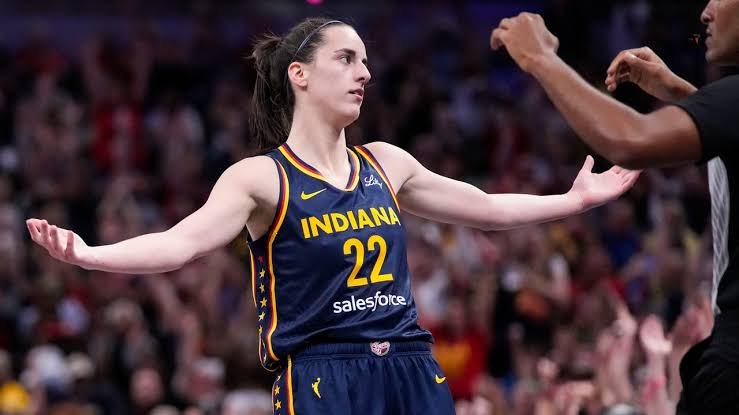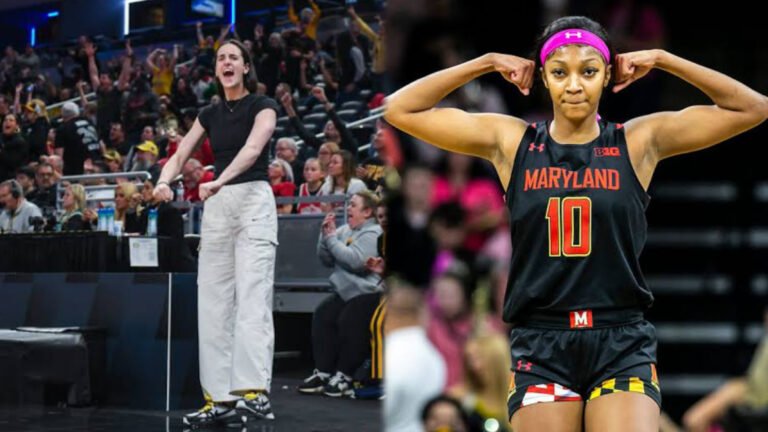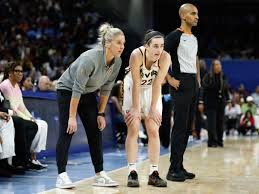
Indiana Fever veteran Kelsey Mitchell recently opened up about the changes she’s seen in the WNBA, particularly the effect of Caitlin Clark’s rise to stardom in her first year. Having played for the Indiana Fever for seven seasons, Mitchell has witnessed firsthand how the league’s popularity has skyrocketed. Yet, despite her experience in the professional basketball world, even Mitchell was surprised by the rapid growth and intense attention that players, including her teammate Clark, now face. This unprecedented surge in the league’s visibility has altered the landscape for players both on and off the court.
Mitchell shared that, although she had been accustomed to the demands of playing in the WNBA, the attention surrounding Clark was at times “unsettling.” Clark, who was selected as the No. 1 pick in the 2024 WNBA Draft, went on to win Rookie of the Year after an impressive season, breaking records for assists both in a single game and across a season. Her presence has undoubtedly helped elevate the WNBA’s standing, with 54 million unique viewers tuning in over the course of the year, and arena attendances hitting a two-decade high. The growth in popularity is a testament to Clark’s impact, but it also comes with heightened scrutiny and pressures, particularly on social media.
As the league’s fan base expanded, Mitchell noted that this newfound fame has led to an influx of hate and negativity directed at the players. While many fans are thrilled about the WNBA’s success, Mitchell admitted that some of the online comments were harsh and difficult to process. She highlighted how the increased attention had, in some ways, detracted from the humanity of the athletes, as if their elevated profiles made them targets for unnecessary criticism. The online discourse, while reflective of the league’s growing influence, also brought with it challenges that players like Clark and Mitchell had not faced to this extent before.
Reflecting on when she first realized the WNBA was becoming a cultural phenomenon, Mitchell recounted a surprising moment from May. She received an unexpected call from her aunt, who isn’t typically a sports fan. To Mitchell’s amazement, her aunt wanted to know how to get tickets to a Fever game. This simple gesture was a wake-up call for Mitchell, signifying that the popularity of women’s basketball had reached a new level. It wasn’t just sold-out arenas or increased media coverage that marked the shift, but the fact that people who previously had no interest in the sport were now eager to be a part of the excitement.
Mitchell also emphasized the role that Clark played in this transformation. With Clark’s arrival in the league, there was a new spotlight on the WNBA, drawing more fans into the fold. Mitchell expressed pride in sharing the court with Clark, noting how the increased attention benefited the team and created new opportunities for players. However, she also acknowledged that the overwhelming external noise at times made it difficult to remember that these athletes are still human beings, navigating the pressures of fame and expectations, just like anyone else.
In conclusion, Mitchell’s reflections offer a unique glimpse into the complex realities of the WNBA’s growing popularity. While the attention has brought excitement and opportunity, it has also highlighted the challenges that come with fame, both for established stars like herself and for newcomers like Caitlin Clark. The league’s rise in prominence continues to reshape the landscape of women’s professional sports, bringing with it a blend of triumphs and trials




